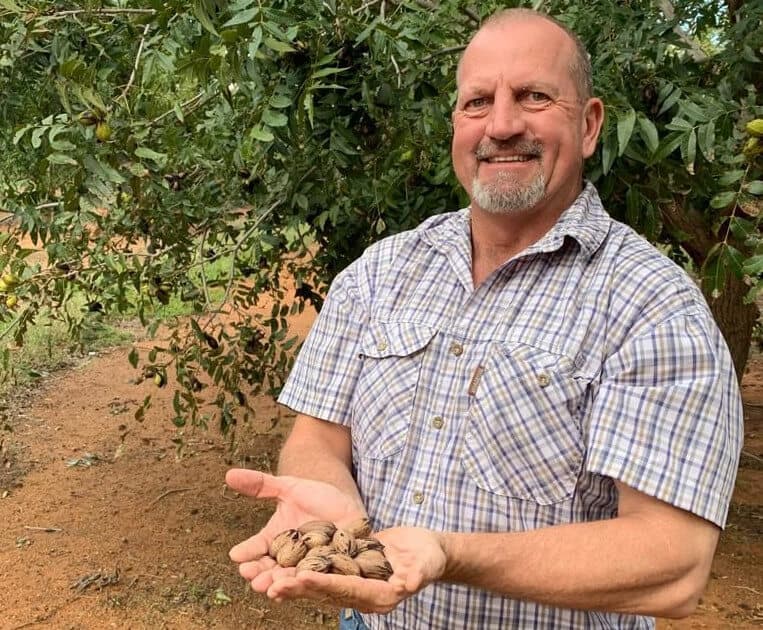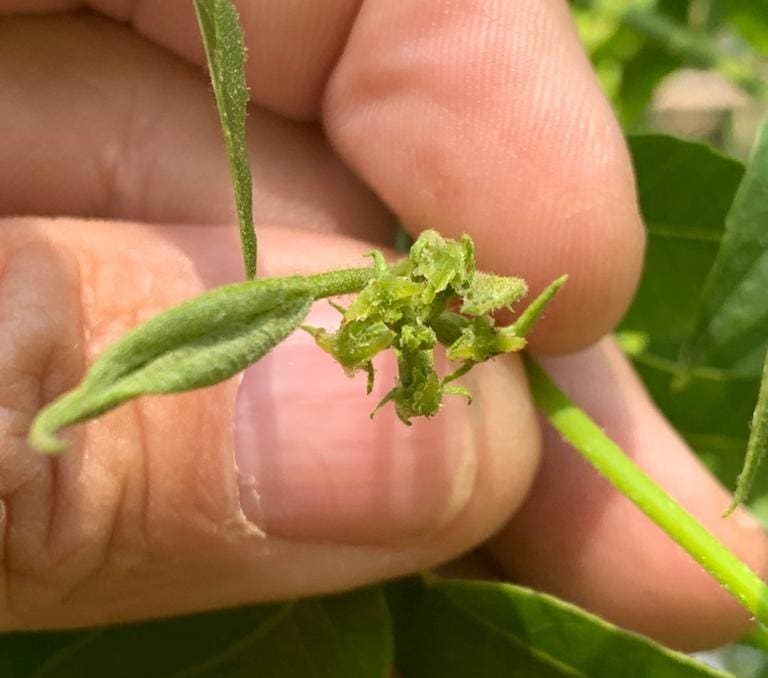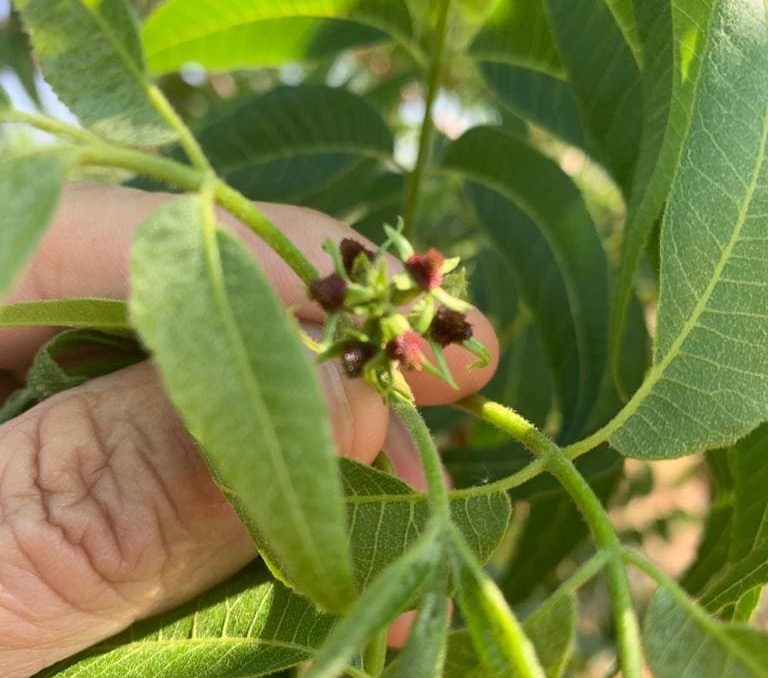We use cookies to improve your experience on our site.
Year-on-year, the South African pecan nut industry is growing. Two years ago, SA ‘crops’ yielded roughly 13000 tons. It is anticipated that, for 2019, this yield or ‘harvest’ is expected to grow to 19000 tons. New pecan nut nurseries are continuously being cultivated. However, pecan nut trees take up to 5 years to yield any nuts. Therefore the market will only experience growth in several years yet to come.

In August 2005 Maquassi Spruit Pecan Nuts planted its first 200 nut trees with another 2000 trees the following year and 2300 additional trees the year thereafter. August 2010 saw 5500 trees take root.




“Pollination in the pecan orchard is critical to both the yield and quality of nuts. Pecan trees are cross-pollinated (allogamous) and although self-pollination is possible, the result is largely unsuccessful. Pecan trees are wind-pollinated; therefore, pollinators (i.e., bees) are not required to complete pollination. Cross-pollinated pecans are usually larger and higher quality than self-pollinated pecans. Self-pollination can reduce nut quality and greatly reduce crop yield by as much as 75 percent. Pecan trees are monoecious, which means both the male and female flowers are on the same tree. Female flowers (pistillate) are located at the end of the current season growth, and the male flowers (catkin) are located at the end of last season’s growth. Catkins are easy to spot as they dangle from the tree during the early spring. A single catkin can produce as many as 2.64 million pollen grains. Only one pollen grain is required to produce one pecan. One catkin can produce enough pollen to pollinate flowers to produce 50,000 pounds of average-sized pecans. An average bearing tree is likely to produce several thousand catkins, thus further emphasizing how much pollen could be produced.”
(Source: Noble Research Institute — http://www.noble.org)
At Maquassi Spruit Pecan Nuts, our pecan-cultivars (varieties) comprise: Western—It is the most commonly planted cultivar in the U.S.A. and has originated from the cross between a seedling and the variety Texas. Nuts are medium sized, thin shelled and having good kernel quality. It is a prolific bearer and suitable for high density planting. Wichita—It is a hybrid between Halbert X Mohan. It is very popular cultivar being one of the most precocious and prolific of all cultivars. The nuts are of medium size, attractive appearance, high quality and have high kernel percentage. For effective pollination, the cultivar should be grown with Western or Cheyenne.
(Source: pecannut.co.za/cultivar)